Winter annual forages have become a mainstay for many dairy and beef rations across the country. The greatest challenge for many of my local producers is managing harvest timing to maximize quality with rain events that not only delay custom harvesters but also cause your perfectly timed harvest to come to a halt.
Such as in 2020 when our plots in Photo 1 spent a week in standing water when we should have been harvesting triticale and wheat for the highest quality.
To harvest at least some of your summer annuals at the highest quality possible, two strategies of diversification can be applied: either planting on multiple dates or using multiple species.
Diversifying to multiple species is one of the best risk management practices. Trials are being conducted at the Ohio Agricultural Research and Development stations in Fremont and Jackson, Ohio, allowing us to capture two very different growing conditions each year.
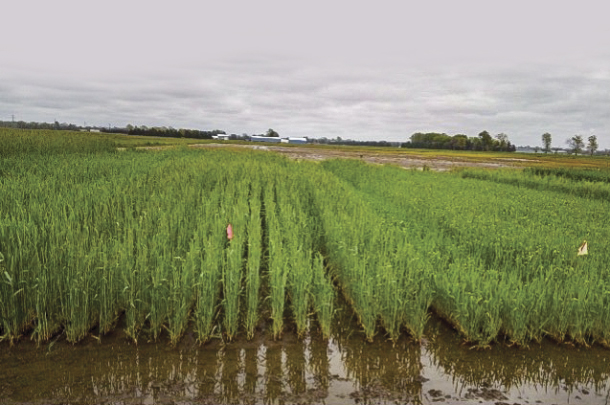 Photo 1: In 2020, our plots spent a week in standing water when we should have been harvesting triticale and wheat for the highest quality. Photo provided by Jason Hartschuh.
Photo 1: In 2020, our plots spent a week in standing water when we should have been harvesting triticale and wheat for the highest quality. Photo provided by Jason Hartschuh.
Planted on the same day, the four species we have been comparing flowered over a three-week period. Photo 2 shows the four species with cereal rye ready for it first harvest on the right side.
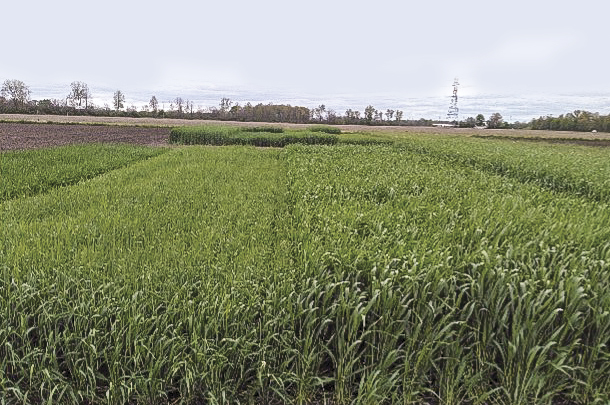 Photo 2: Photo provided by Jason Hartschuh.
Photo 2: Photo provided by Jason Hartschuh.We are comparing cereal rye, triticale, barley and wheat for yield and quality at an ideal harvest timing of Feekes 10 (head in the boot) to delayed at Feeks 10.5 (flowering).
Figure 1 shows the growth stages of small grains.
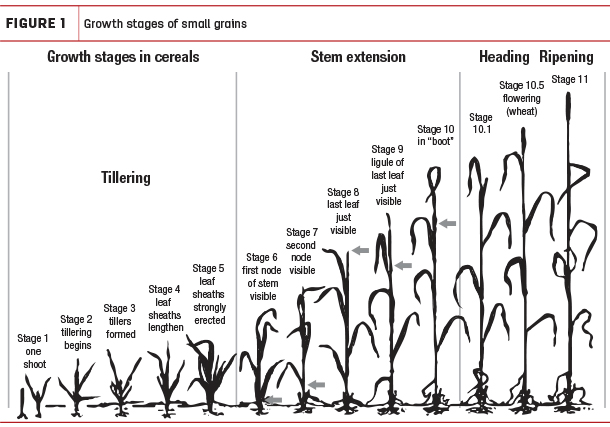
By utilizing multiple species as our risk management strategy, we are still able to plant as soon as soils are fit after the Hessian fly-free date, instead of delaying planting arbitrarily as a harvest management strategy for three weeks with rain delays turning this into a six-week delay. Planting delays have been shown to sacrifice tillering and yield.
We have found not only differences in speed of maturity but also in tonnage between species at the same maturity. On average, most species put on half a ton more dry matter as they mature to Feekes 10.5, but triticale added over a ton of dry matter. Figure 2 shows average dry matter yields.
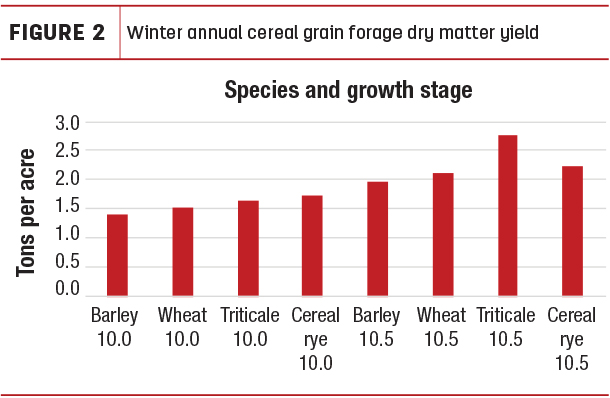
Cereal rye and triticale had a similar average yield of around 1.25 tons with a range between 0.75 ton to over 3 tons per acre. The lowest-yielding location had lower tillers experiencing excessive winter and spring rainfall. At Feekes 10.5, triticale takes the lead in tonnage with an average of 2.75 tons and a high of 5 tons.
While tonnage is critical, another important part of the risk management decision is how quality declines as species mature, shown in Figure 3.
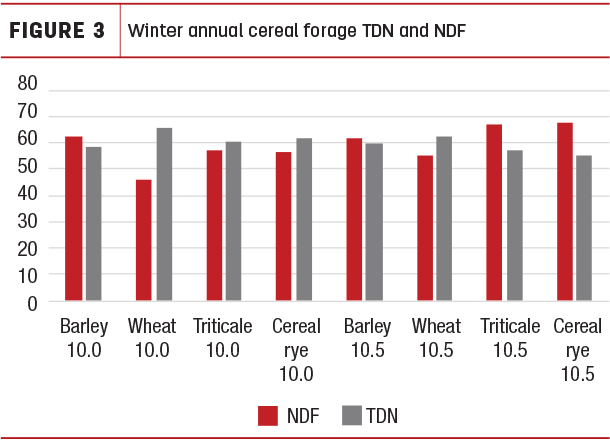
All species saw a similar decline in crude protein (CP) of about 2%, with no significant difference in CP percentage between species, only between harvest dates. Neutral detergent fiber (NDF) and total digestible nutrients (TDN) were a different story.
These two nutrients moved inverse of each with TDN declining and NDF increasing between the two harvest timings, both of which led to a decline in quality. TDN, which is one measure of energy, was the highest for wheat at both harvest timings. Harvesting at Feekes 10 had the highest TDN, with all species declining when harvest was delayed to Feekes 10.5. Barley had the least quality decline of all species. Wheat stands out as having the greatest digestibility. This is followed by triticale and cereal rye at Feekes 10 with NDF increasing about 10 points as both matured.
One other major factor that lowers forage quality is the amount of last year’s crop residue you harvest with the forage. This problem occurs most often when cereal grain forage is planted after corn grain harvest. Another challenge we have had is with winter survivability of barley; we lost our northern stand in 2020. Being sure to select varieties for your winter climate is critical to success.
While species selection is beneficial for risk management, so is nitrogen management, which can affect yield and quality. For our trials, we have been applying 20 pounds of fall nitrogen to improve tillering, followed by an additional 50 pounds of nitrogen at Feekes 6, with greenup. These rates are based on work done at Cornell University, which found that the most economical nitrogen rate was about 70 pounds per acre.
There was a huge range though in the most economical nitrogen rate, from 0-120 pounds per acre. This large variation in nitrogen need was shown to be from the fields’ manure history and soil drainage. Poorly drained fields needed more nitrogen than well-drained fields with the same manure application history.
Liquid manure can be an important part of cereal grain forage management. We have seen liquid manure used after planting to improve germination and tillering. Photo 3 shows the benefit of fall manure or nitrogen application with the areas on the right edge of the field, where no manure was applied in the fall, being much smaller compared to where manure was applied, which is a thicker crop and darker green.
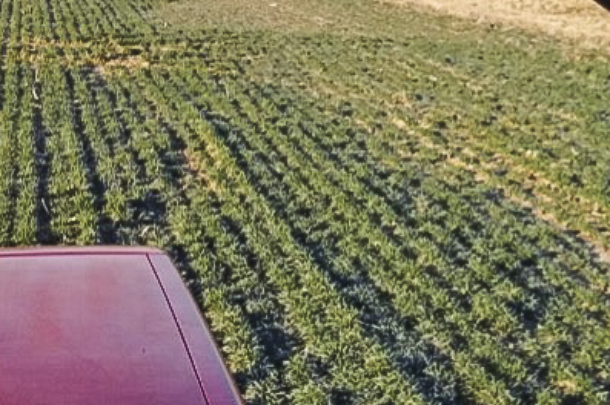 Photo 3: Areas on the right edge of the field where no manure was applied in the fall are much smaller compared to where manure was applied. Photo provided by Jason Hartschuh.
Photo 3: Areas on the right edge of the field where no manure was applied in the fall are much smaller compared to where manure was applied. Photo provided by Jason Hartschuh.Utilizing multiple species of winter annual small grains allows you to harvest high-quality forage, even when the weather doesn’t cooperate. This allows you to harvest high-quality forage at Feekes 10 to feed lactating animals, and a slightly lower quality forage at Feekes 10.5 for animals only needing maintenance nutrition.
Cereal rye and triticale were the highest yielding, but barley and wheat maintained their quality better when harvest was delayed. When using multiple species, always plan to harvest them at prime quality and then accept them at lower quality when the weather forces a delayed harvest.










